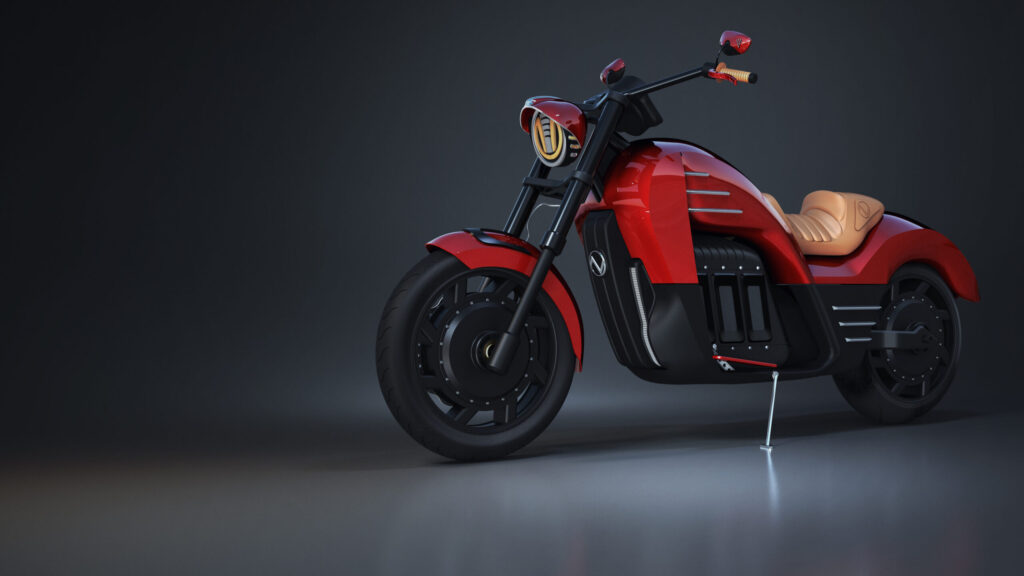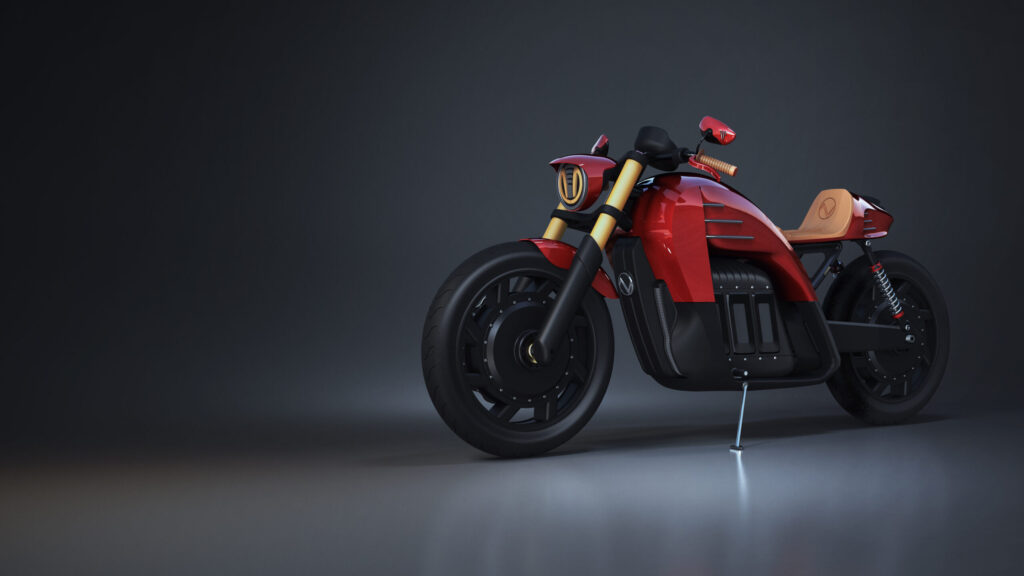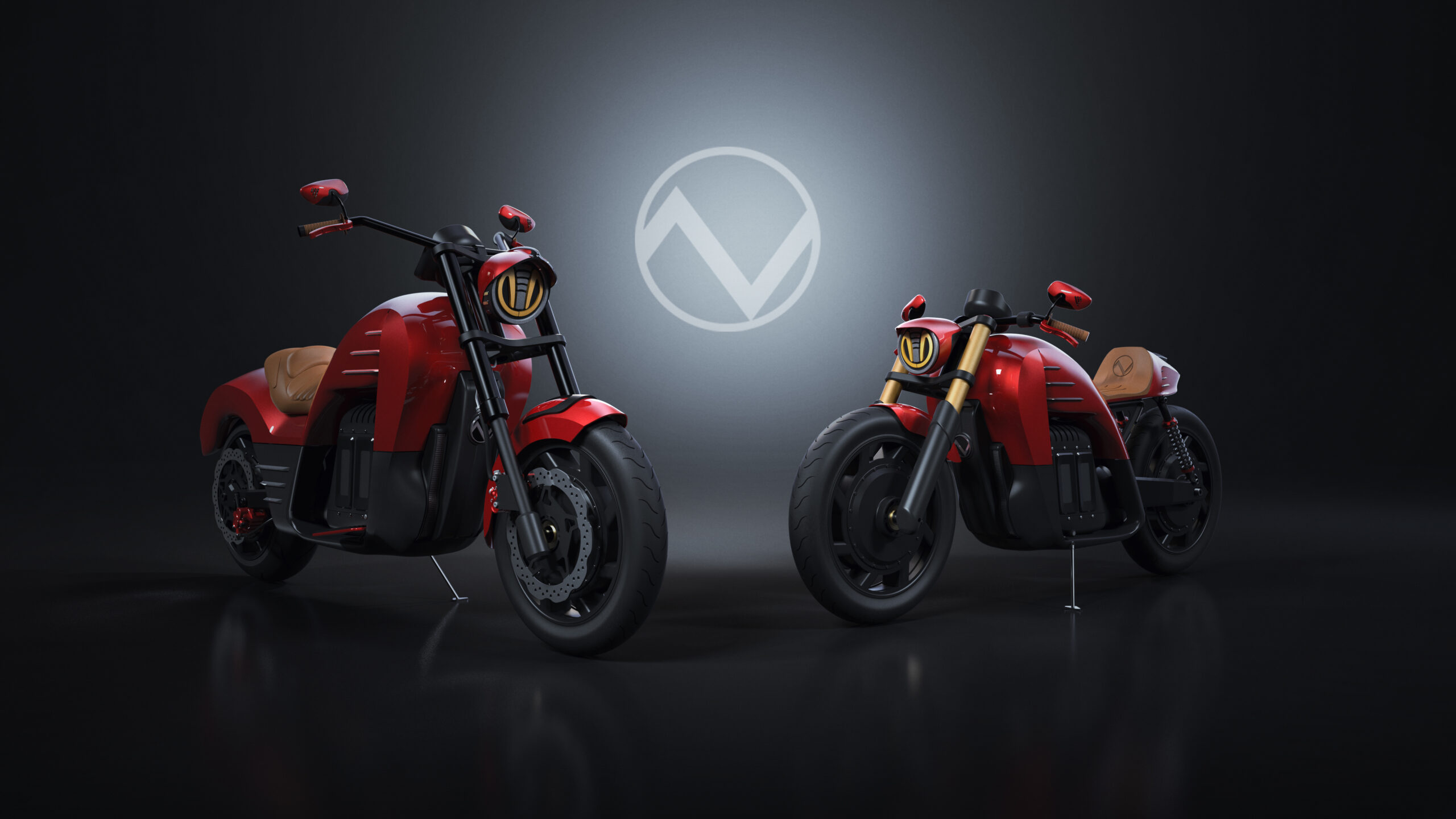When the pandemic hit, Anthony Cross faced a daunting choice: do I keep publishing Salt magazine, or venture into something equally or more beneficial for the community?
The Colorado-based publisher leaned into his lifelong love of cars and desire for a more sustainable world and hit upon an idea — a new way forward in electric motorcycle manufacturing, featuring partially interchangeable parts.
Then he found a full team expert and willing to jump in and set off in the bustling Colorado Tech Zone to fulfill his new dream.
This brings us to Zaiser Motors, a testament to the power of innovation and entrepreneurship — and to Cross’ pivoting speed. In September 2021, after introducing the Silhouette, the world’s first Electrocycle, Zaiser announced a platform redesign to produce a smaller second motorcycle, the Arrow, thanks to a WeFunder page campaign that hit its goals in just six weeks. The Arrow has a 160-mile range and 100 mph top speed, while the Silhouette has a 300-mile range and 120 mph top speed. Each Electrocycle saves up to 12,000 pounds of C02 emissions annually due to the bike’s 100% electric fueling.

The Electrocycle began rolling off the line in 2022, with the Arrow to follow.
The technology is hot and new — as Cross pointed out. “Electric motorcycles have been sort of in the background with our push to renewable and alternate energy vehicles,” he said. “But they’ve been around. We wouldn’t even be able to think about something like our bikes were it not for Zero, which has been around (since 2008). They blazed the trail, so much so that legislation is just now starting to catch up to the things they’ve been doing. It was hard to convince legislators 10 years ago that electric motorcycles were right around the corner, but now that the technology has been proven, and we’re thinking much more about climate-saving solutions, everything’s gotten so much better. It’s more tangible; you can reach out and touch it.”
Zaiser Motors’ unique modular system allows for maximum personalization and sustainability/replaceability of parts, including the battery, to meet expectations of other rapid development cycles within the industry and further extend the lifespan of each vehicle. With this design, Cross notes, the company can quickly pivot on two things that are going to rapidly evolve as the decade continues — fuel sources; and the sustainability and recyclability of the bike components themselves.
“Our biggest expenses are the batteries and the motors, particularly the batteries,” Cross said. “We’re working with a couple of people to try to move past lithium a little bit. We’re looking for ways to recycle what’s already out there and make them the best and most efficient. All of our components have to have some level of removability/recyclability. You’re building an EV with components potentially damaging to the environment, so it’d be foolish to market yourself as a green solution without looking at the future of these batteries. We really want the whole body to be recyclable in the future.”

One of the most satisfying aspects of Cross’ whirlwind transition from publisher to electric motorcycle manufacturer and CEO, he says, is the type of community that comes with renewable energy, sustainable product manufacturing, and creating future solutions for very major current problems. Having something as hot-topic as getting around
with less fuel and more efficiency doesn’t hurt, either.
“It’s a hot technology, and when you have a hot technology, you have a lot of networking and a lot of ideas that one person might not think much of, but someone else sees its use,” he said. “Right now, it’s very communal and very collaborative. You have to be involved with other businesses, have relationships with them, know a lot of people This goes for our suppliers, too, our battery suppliers. I love that. That’s how stuff gets done, as opposed to gatekeeping and being ultracompetitive.”
To that, one of Zaiser’s near-term goals is to make the assemblies of the Silhouette, Arrow, and future models partially interchangeable, so that customers don’t have to replace entire models just to get upgraded or latest versions of specific parts. “If you bought a bike in 2022, then came back in 2025, we could swap out batteries, or motors, or whatever, to keep it on the road in the future,” Cross said. “That’s key to sustainability as well, and doesn’t have as big of an economic impact as people think.”
It all plays into Cross’ life as an entrepreneur who seems to find ways to create and tinker in business settings, whether music production and recording (he’s also a musician), to magazine platforms to electric motorcycle frames and fuel sources.
“I’ve been guided by the wind in some ways,” he said. “When Salt was no longer viable… my entire goal has always been to help the community and planet while generating the funds to be able to achieve this goal. The timing for Zaiser was perfect. The team fell into place immediately. I’ve always had a technical background, worked on classic cars and motorcycles, always been a tinkerer and fixer, always liked engineering as well. I’ve always loved bikes, the design of bikes and designing things in general, so this was a light bulb moment.” ■











